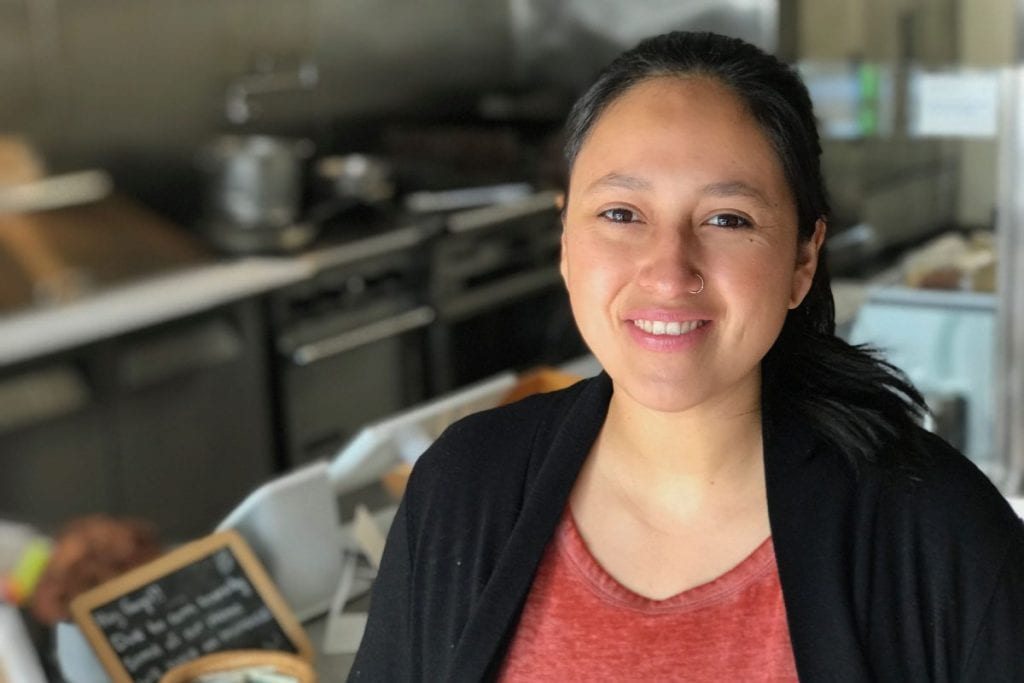Co-owner’s experience in Bridges to Business program helps her spread the word on Mesoamerican fare at Milpa Grille
by Ron Mackovich
n the middle of Boyle Heights, Milpa Grille is surrounded by traditional Mexican restaurants. While it fits in nicely with neighbors, Milpa’s menu is different. There are no burritos or rice.
“Our concept goes back to Mesoamerican times, when corn, squash and beans were staple foods,” said co-owner Deysi Serrano. “Hernán Cortés brought rice and wheat to Mesoamerica. We go back much farther than that, thousands of years, when milpa sustained the people of Mesoamerica.”
To grow the business and spread the word about Mesoamerican cuisine, Serrano completed the USC Bridges to Business certificate program, which helps the growth of small businesses owned by women, minorities and veterans. The program teaches strategic planning, contract procurement, finance and marketing. Serrano is one of more than 150 graduates of Bridges to Business, which has helped entrepreneurs win about $25 million in contracts.
“It’s been a great program for us,” Serrano said. “They taught us how to boost the business financially, get loans, and the speakers are inspiring. It’s going to help us moving forward.”
The meaning of milpa
The menu’s signature dishes revolve around milpa’s core crops: corn, squash and beans.
“They’re sometimes called ‘the three sisters,’ ” Serrano explained. “They grow together, with the beans climbing the corn stalk and the squash leaves providing ground cover.”
Serrano’s dishes are relatively low on carbs and meant to provide a light, nutritious meal. While the food is rooted in Mesoamerican history, Serrano sees it playing a bigger role in the future of Mexican cuisine.
“We’re part of a new pathway, and we want to grow this beyond Boyle Heights, into East and South L.A., to provide more healthful food options,” Serrano said. “We want people to come in and try the food, and know they’re tasting history from the Aztecs, Mayas. We want to teach kids and millennials this is a better food option. I’d like to see a health trend in our neighborhoods, more restaurants that move away from that stereotype that Mexican food isn’t healthful.”
